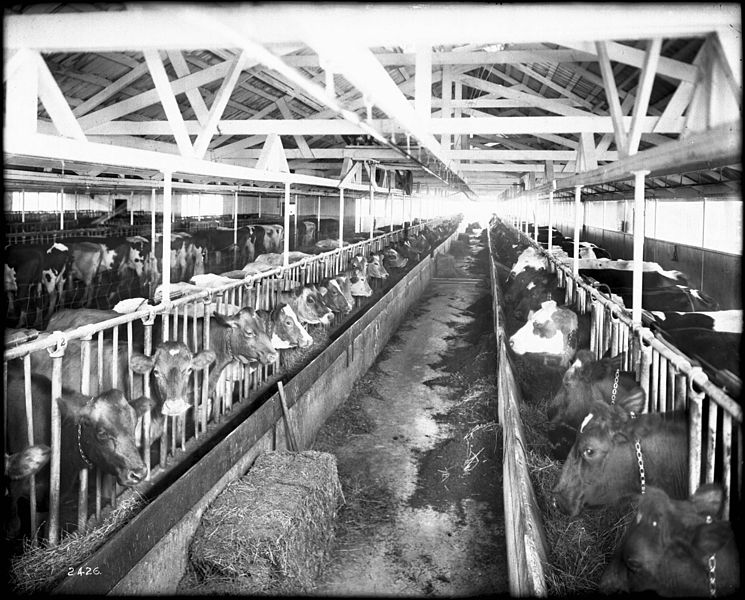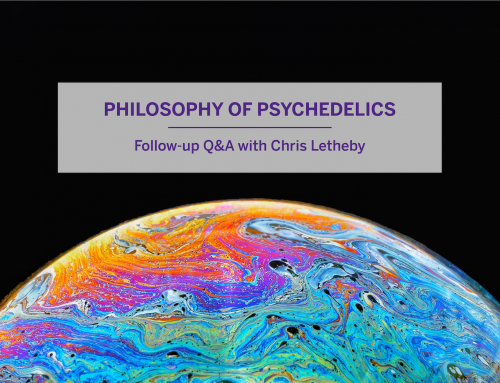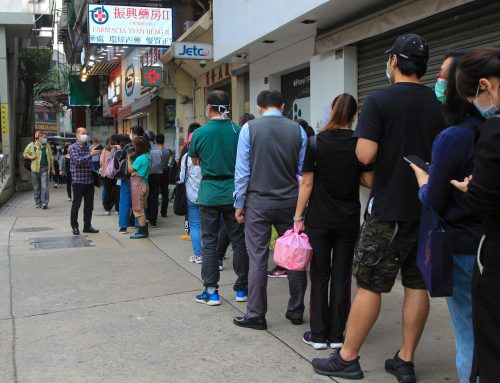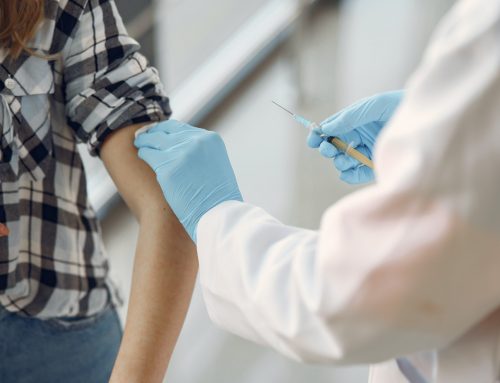by Justin Bzovy
On February 25th we had Evan Fraser, a Canada Research Chair in Global Food Security at the University of Guelph, as our Rotman speaker. Fraser gave a talk on Food in 2050: The Challenge of Feeding 9 Billion. I had a chance to sit and talk with him about his interdisciplinary approach to understanding the challenges that face global food security. We talked about what has changed, what is going to change, and what needs to change about the food we produce and the food we eat.
Today we have robots milking cows, FitBits on chickens, and GPS guided farm equipment. We’ve certainly come a long way from the tractor. Fraser points out how our modern technology has shifted farming from a focus on the herd or field, to a focus on the individual. Modern robotic milkers even target each teat individually. Satellite imagery and high-tech farm equipment allow the modern farmer to micro-manage every square meter of her field. Technology always brings unforeseen consequences, both good and bad. It makes our lives easier, but takes away our jobs. Fraser’s point is that for better or worse, technology is here to stay, and no modern machine wielding Luddite could stop it. A robotic milking operation I visited had a problem with one of its cows. She kept feeding at night, and kicking her legs into the wires of machine. This disabled the machine, and required the farmer to get up in the middle of the night to physically remove her from it. After having done this several times, they just set the machine so it didn’t milk or feed her at night. Alas, even this didn’t put the cow under control, and they had to put her down. When I ask my Dido, a 95 year-old farmer, about these sorts of changes he just says, “It’s the style.”
Climate change deniers aside, we all have the inkling that if we don’t make some serious changes, we’re all going to die. Given the way things are going, we won’t be eating beef the way we do now in 2050. Even Prince Charles, from his royal helicopter, admits we must reduce our carbon footprints. But one wonders who’s going to be taxing who in 2050? Prince Charles, or La Via Campesina? A carbon tax is going to have effects on the cost of beef. This means we need to find alternative sources of protein, but will they really beat a tasty McDonald’s burger? Fraser recalls a time when the very idea of sushi being part of mainstream North American cuisine was laughable: the 1986 SNL sketch on “McSooshi”. The idea isn’t so hilarious today. But, so what, sushi is a thing that people have been eating for a long time, even if it might be recent to North America, though I still can’t get my father to eat sushi or McDonald’s. How alternative are we talking? Are we going to be eating protein bars made out of cockroaches? Fraser valiantly tries to sell us on the taste. Which reminds one of age-old philosophical question: would you rather eat a piece of poop that tastes like chocolate, or a piece of chocolate that tastes like poop? Ignorance may be a virtue here. But the future’s uncertain, and tastes can change. From Fraser’s perspective, it’s not climate change that’s the real issue, it’s how effectively we are going to adapt to inevitable climate change. Like the cow caught in the milker, some of us are going to have a harder time adapting than others.
When it comes to the future of our food, many things are unpredictable. I of course had a chance to present some of my own wacky ideas about how things might change to Fraser, and so did many of the audience members during the Q&A after the talk. I must say that he very willingly discussed all of them, regardless of how wacky, and was also ready to admit that he doesn’t have all of the answers. What became clear through Fraser’s patient answers, was that his mission is one of awareness, both of what is going to change, and what needs to change. He creates awareness largely through the use of narrative, which is sometimes quite comical, though there is a sizeable dose of data, statistics and analysis. The main thing we need to be aware of is the coming challenge of feeding nine billion souls. In order to meet this challenge, some things need to change.
One thing that needs to change is the relationship between the food we produce and the food we are supposed to eat. This is illustrated quite well by a recent “two-plate” study Fraser had a student conduct. The first plate is the food we produce, and the second is the food nutritionists tell us we ought to eat. The plates should obviously match, but, alas, they do not. Fraser went with the Harvard plate, rather than our own Canada Food Guide, which has its own issues.
The most important thing that needs to change is the way we distribute food. We currently produce enough food for everyone to get what they need to eat, but there are a billion people who are overweight and almost a billion that are undernourished. For the fortunate few, matching the plate we produce with the plate we ought to eat might help, but a whole slew of policies need to change. For the consumer it is not going to be as simple as “think global, buy local,” or buying the “organic” food at the market. Consumers who have the means, need to send the right signals to the market to help augment this change. We need to be aware that starvation is a political tool. Holodomor, literally death by starvation, has illustrated this well. In our own time we’ve seen raised baguettes in protests around the world and even a man with a bread helmet. We need to be aware not just of what other people are eating around the world, but the constraints, especially the socio-economic constraints, on what people around the globe get to eat.
Locally we’ve seen quite a depletion of mid-sized food processing plants in Ontario. Kellogg’s here in our own backyard closed. Fraser thinks we ought to work on bringing this industry, the third largest of its kind in North America, back to Ontario. This may mean we ought to buy a new brand of ketchup, or start up our own food-processing company here. But in Canada the biggest problem is food insecurity in the North, which is four times worse than the average.
We had dinner after the talk, no bugs, no beef, but the pork was fine.
Pictured above: Long rows of dairy cows feeding in a dairy (courtesy of Wikimedia Commons).






